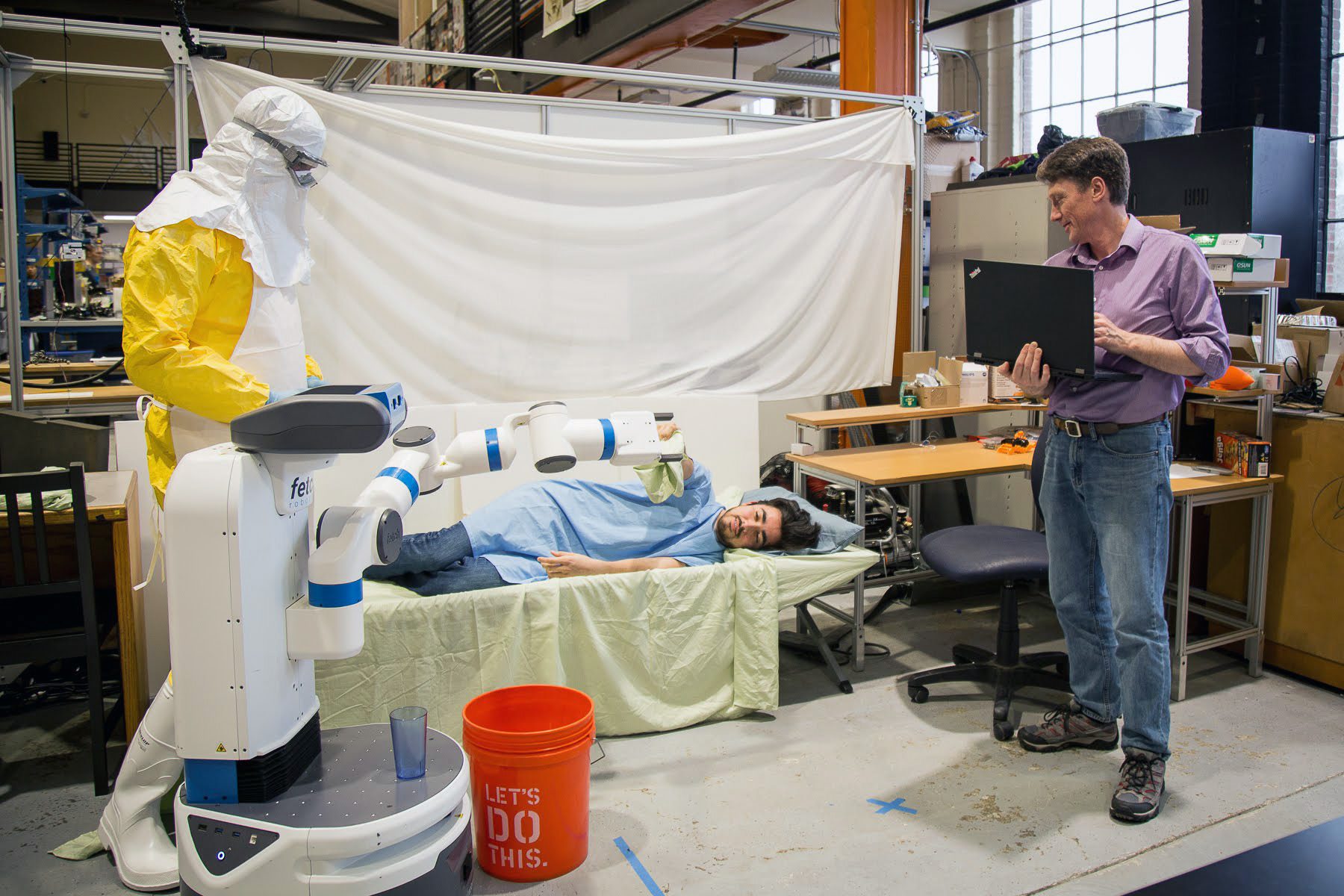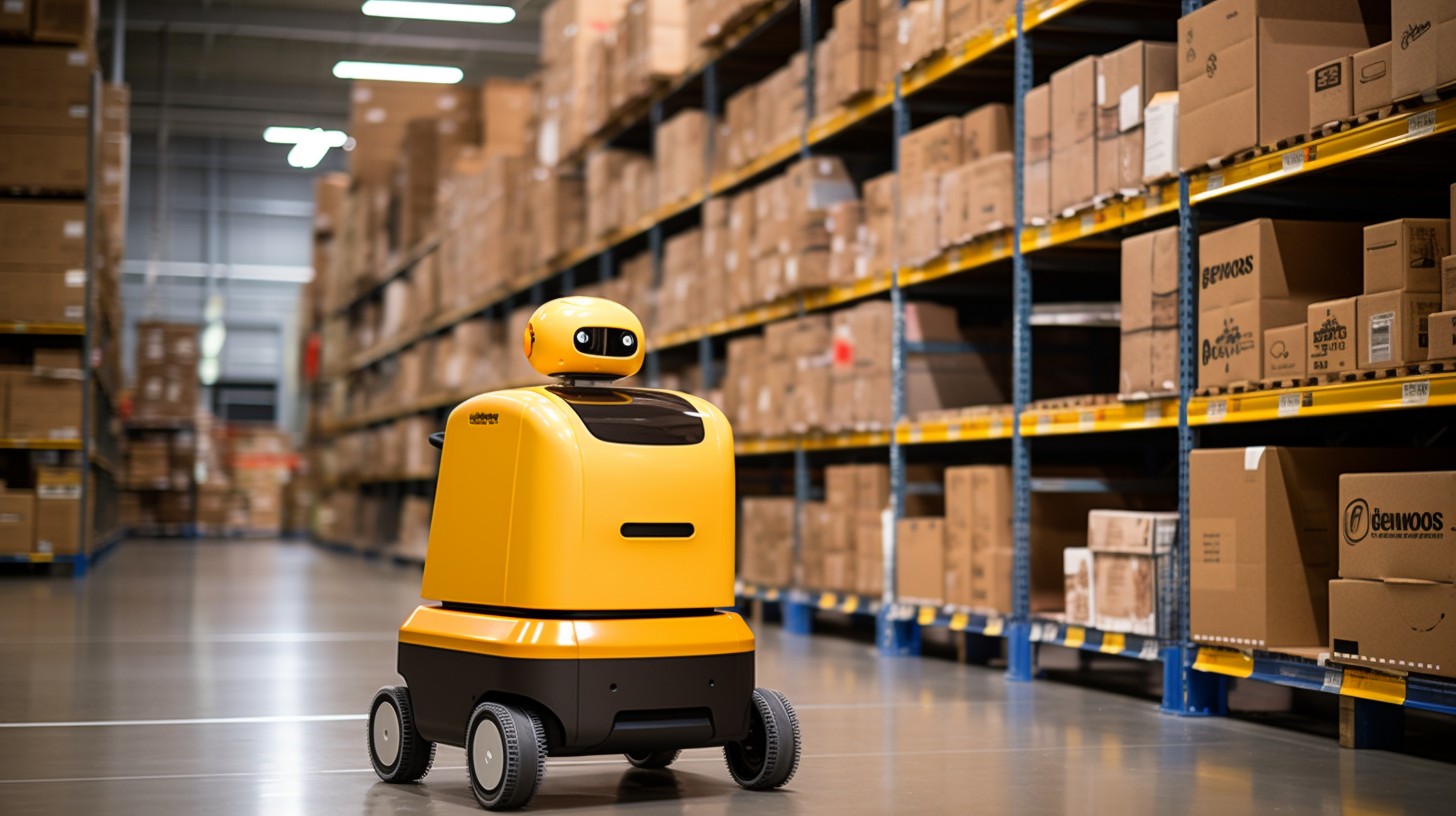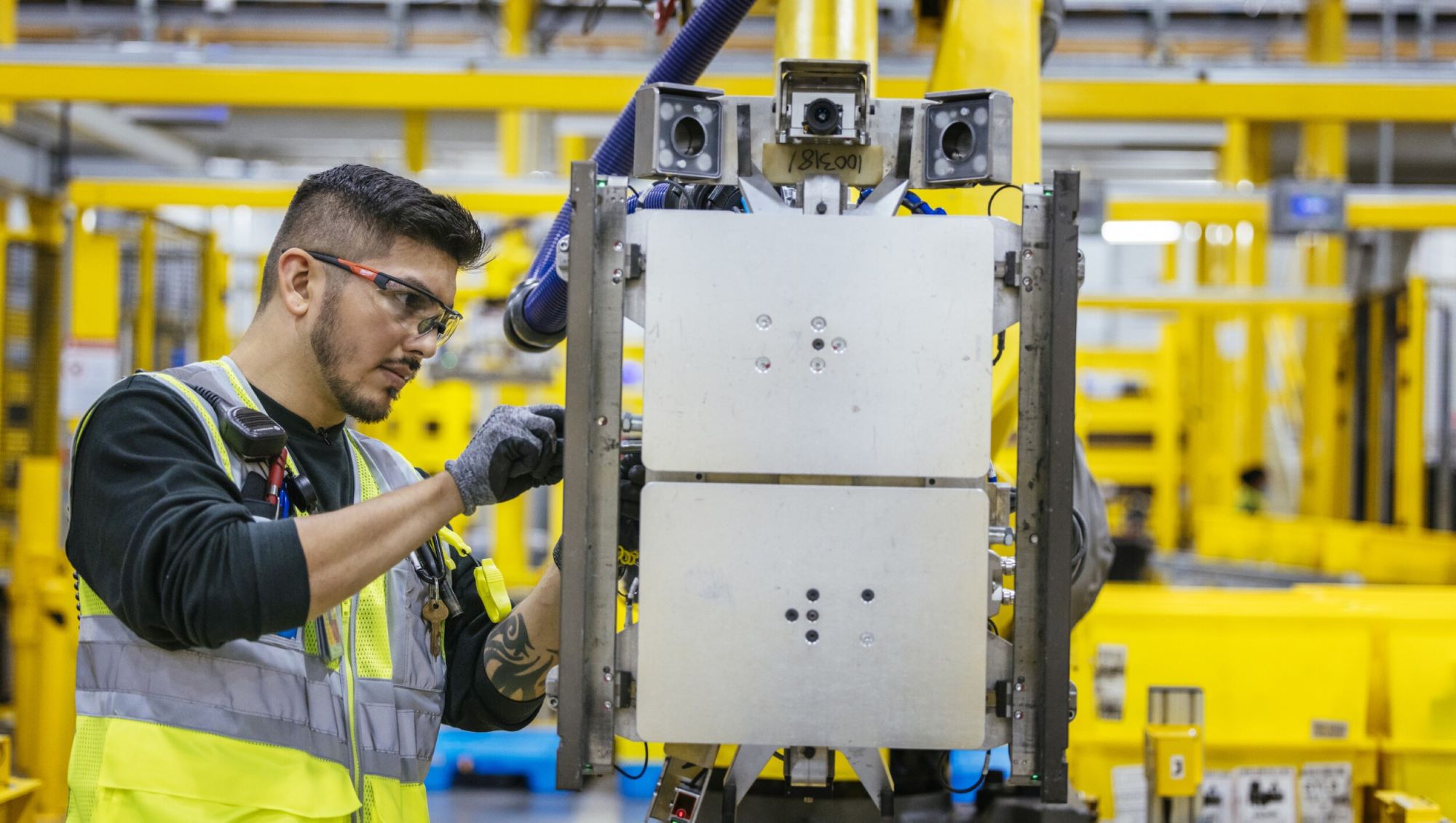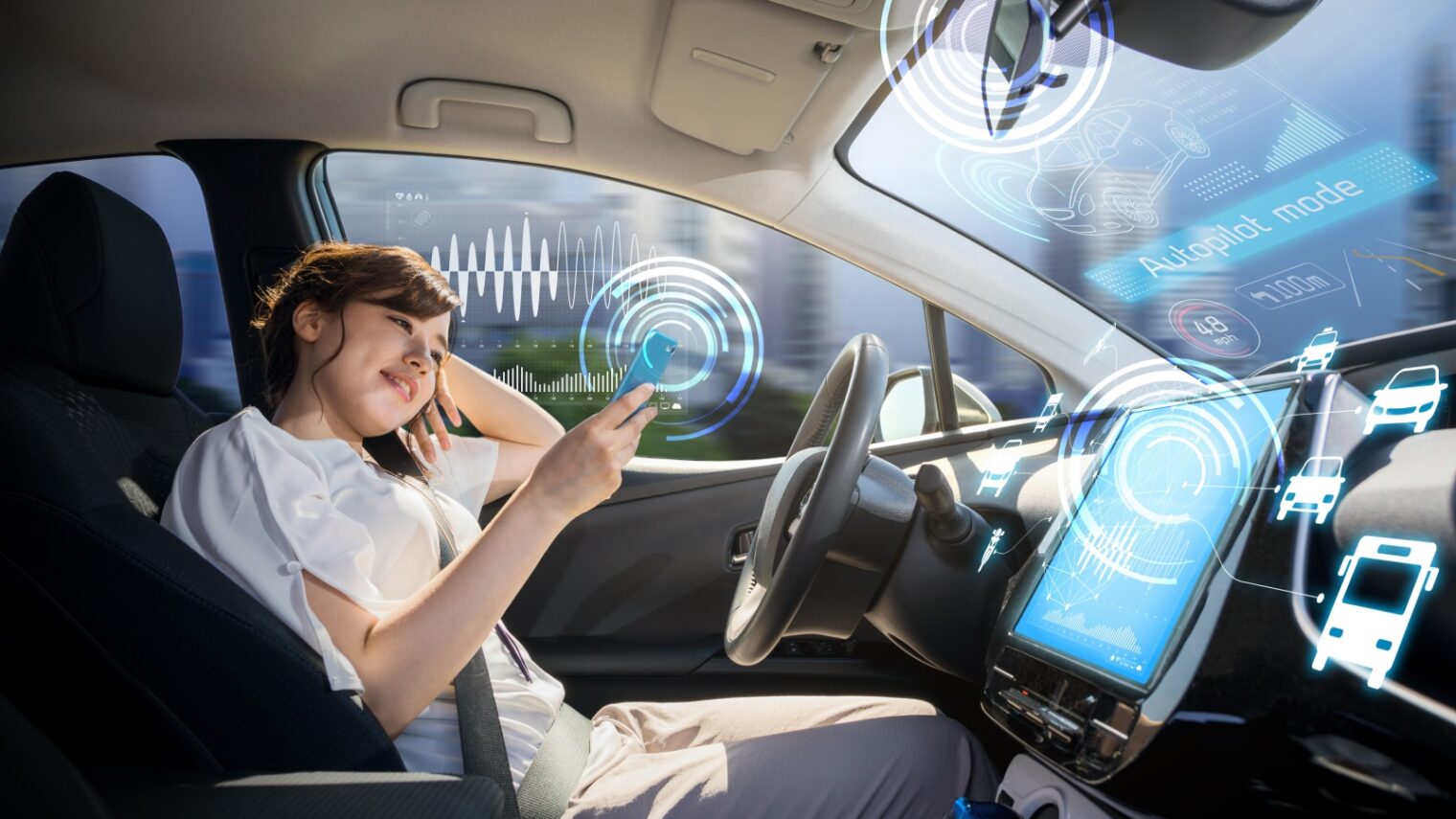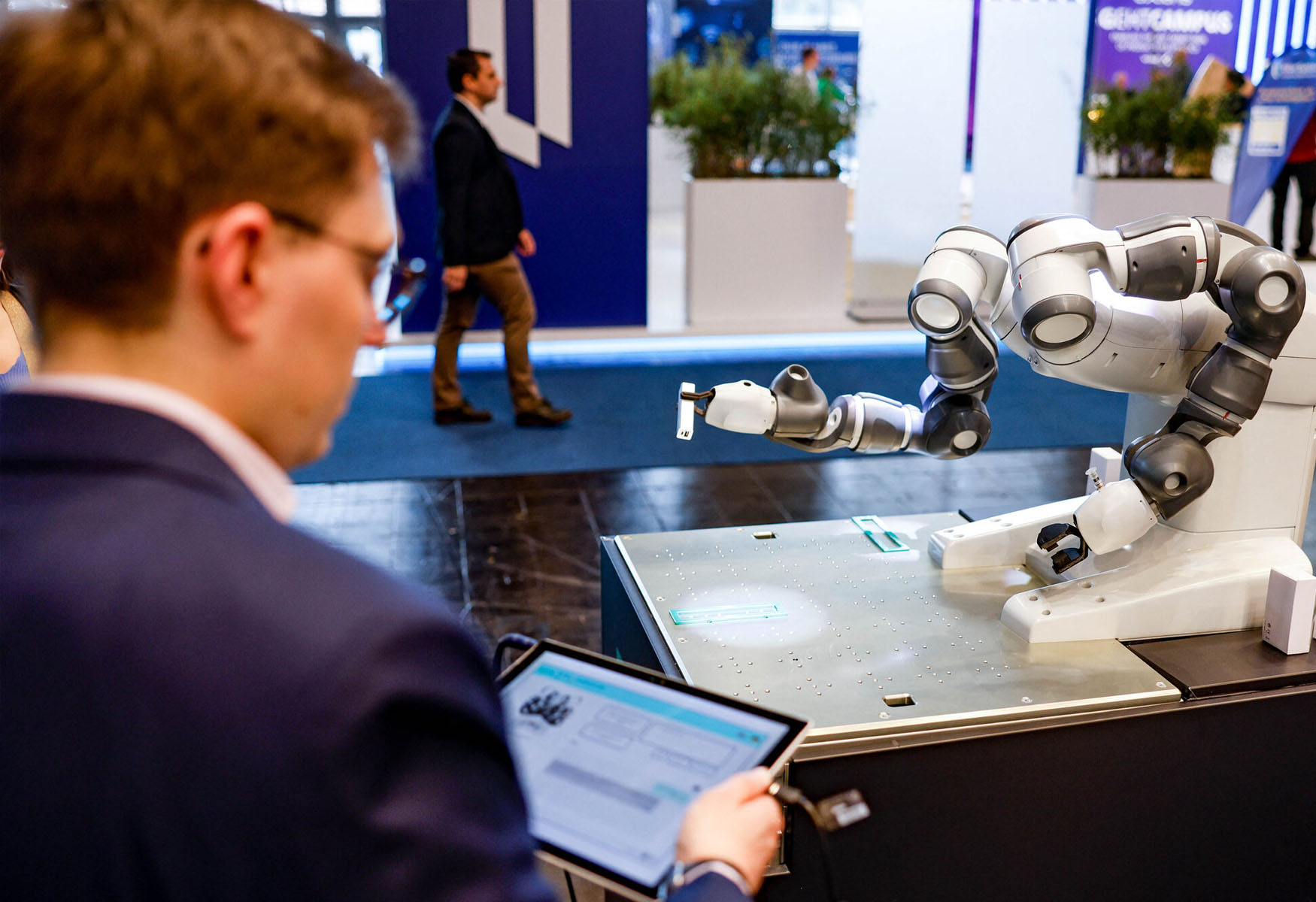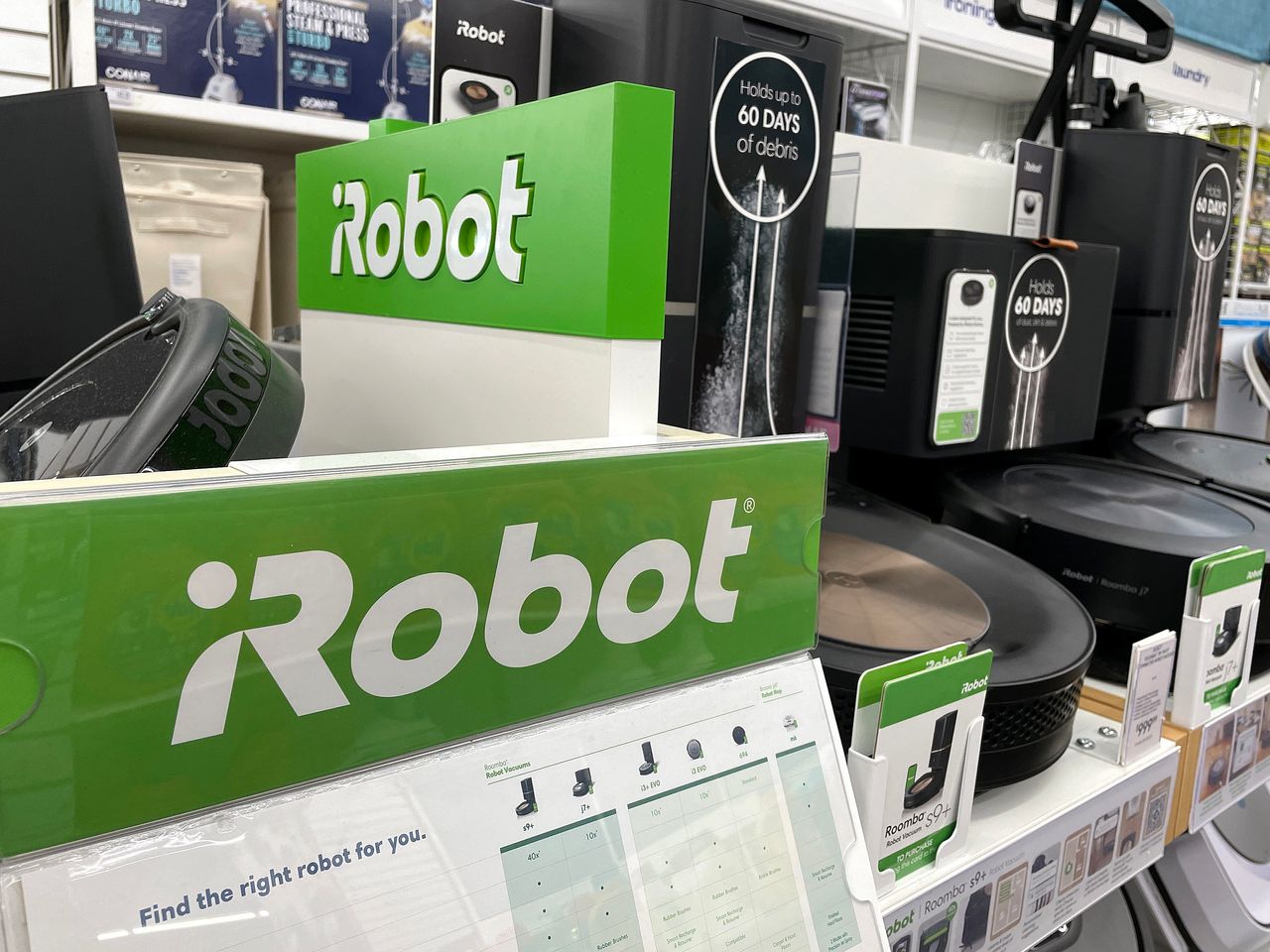Last week, Amazon held its annual Delivering the Future event in Seattle, where Tye Brady, Amazon Robotics chief technologist, discussed the company’s latest developments in robotics. In this article, we will dive into some of the key topics discussed by Brady, including generative AI, humanoid robots, and mobile manipulation.
Key Takeaway
Amazon is pushing the boundaries of robotics with advancements in generative AI, humanoid robots, and mobile manipulation. The company’s focus on practical implementation, real-world testing, and human perception highlights its commitment to developing robotics technologies that improve productivity, safety, and customer experience.
Amazon’s Prime Air Expands Drone Delivery Service
One of the major announcements made at the event was the expansion of Amazon’s drone delivery service, Prime Air. Starting this year, customers in College Station, Texas, will be able to receive medications from Amazon Pharmacy through drone delivery. In 2022, the service will launch in a third U.S. city, as well as in the U.K. and Germany. Despite the challenges of regulation and scaling, Amazon is determined to make drone delivery a common sight in the skies.
Generative AI and its Applications in Robotics
Brady highlighted the significance of generative AI in robotics. Amazon has been at the forefront of machine learning for years, using it to predict inventory needs and improve efficiency. Generative AI, a subset of machine learning, shows great promise in various aspects of robotics. Brady mentioned that Amazon is developing a tool called Codewhisperer that assists in coding robotic systems, making it more efficient and productive. Generative AI is also utilized to generate synthetic packages for testing purposes and to determine optimal grasp affordance for robotic end effectors.
Humanoid Robots and Perception in Robotics
A major focus of Amazon’s robotics efforts is the ongoing partnership with Agility Robotics, specifically testing Agility’s Digit systems. While the efficacy of humanoid robots is still being evaluated, if successful, these robots could be a game-changer in the field. Brady emphasized the importance of practical implementation and real-world testing before fully embracing humanoid robots. Additionally, Amazon has partnered with MIT and Ipsos to study human perception of industrial robots, aiming to design robots that actively collaborate with humans and optimize teamwork.
Mobile Manipulation and Robotics in Amazon’s Operations
Brady highlighted the immense scale of Amazon’s robotics operations, with over 750,000 mobile robots and thousands of other robotics systems working in their fulfillment centers. Amazon prioritizes using robots to support safety and facilitate everyday tasks for employees. The company is also exploring mobile manipulation, combining mobility with identification, manipulation, and storage systems. The goal is to automate mundane tasks and allow employees to focus on higher-level tasks, ultimately improving productivity and safety.







